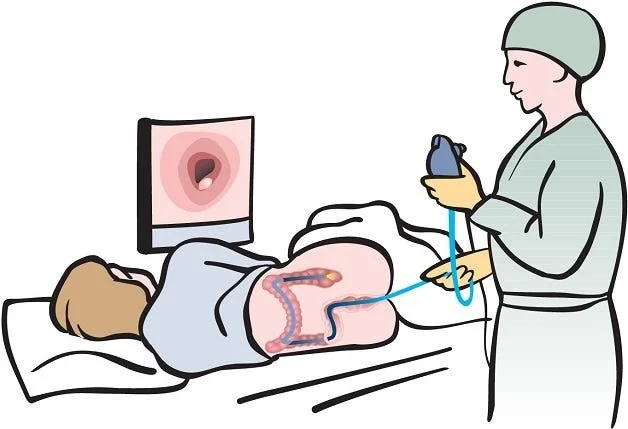Cosmetic injectables and dental care may not seem connected initially, but they share a common goal—enhancing facial aesthetics and overall well-being. Dental care improves the health and appearance of your smile, while injectables target facial features. These treatments create balanced and harmonious outcomes, addressing oral health and facial aesthetics.
Comprehensive Approach to Facial Aesthetics
Cosmetic injectables complement dental procedures by focusing on areas beyond teeth and gums. Dental care often creates a healthier, more aesthetically pleasing smile. However, injectables like Botox or dermal fillers address facial areas surrounding the smile. This combination allows practitioners to refine facial proportions, highlight natural features, and soften lines around the mouth or jawline. Pairing dental care with injectables can also create proportionality between your teeth, lips, and cheeks. For instance, injectables can restore volume or refine symmetry in the surrounding facial tissue after receiving veneers or implants. This integrated approach provides a more unified transformation.

Supportive Functional Improvements
Injectables have practical applications that extend beyond aesthetic concerns. They can assist with medical conditions often treated by dental practitioners. Temporomandibular joint (TMJ)disorders cause discomfort and jaw stiffness for many patients. When applied with precise expertise, Botox reduces muscle tension in the jaw to help alleviate related discomfort.
Similarly, gummy smiles may benefit from dermal fillers or Botox. After undergoing procedures like gum contouring, injectables help adjust the movement of facial muscles, leading to less gum exposure when smiling. This functional application bridges aesthetics and oral health improvements seamlessly. Dentists are well-suited to provide cosmetic injectables. Their expertise in facial anatomy helps with precise placement during treatment. When injectables are administered alongside traditional dentistry services, functionality and appearance are addressed simultaneously.
Streamlined Treatment Planning
Pairing injectables with dental care simplifies treatment planning. Dentists who perform both services assess your facial structure and oral health together, eliminating the need for additional consultations with separate providers. This integrated approach saves time and provides a straightforward treatment process.
Additionally, using injectables in conjunction with dental treatments establishes continuity in maintaining results. A patient receiving tooth alignment through orthodontics may use injectables later to maintain lip symmetry or enhance facial proportions. With streamlined planning, adjustments can easily be made to meet shifting needs over time.
Many dental practitioners incorporate injectables into their practices, making it easier to combine these treatments. Choosing a provider who offers both services creates a more cohesive experience, eliminating the need to coordinate separate therapies.
Using injectables after dental procedures helps enhance and sustain results. For instance, a patient who has completed smile makeovers may find dermal fillers restore lost volume around the mouth, complementing the new smile. Similarly, Botox may help manage muscle-related concerns and prevent excessive wear on certain dental restorations.
Integrating injectables into long-term care involves regular evaluations to assess both treatments. Dentists and patients work together to maintain oral health, and injectables continue to achieve the desired effects. This collaborative care maximizes treatment benefits that enhance both functional and aesthetic goals.
Take the Next Step with Cosmetic Injectables
Combining cosmetic injectables with dental care allows patients to achieve balanced and functional results while streamlining treatment. Whether you are exploring cosmetic enhancements or seeking functional solutions, integrating these two services provides practical benefits for your health and appearance.
-
Common Types of Sports Injuries and How to Prevent Them
Staying active supports strength, balance, and mood, yet sports injuries interrupt training and daily life. These injuries range from minor tissue irritation to ligament tears. They arise from overuse, poor mechanics, sudden load, or inadequate recovery. Here are some typical problems and practical steps to lower risk: Sprains & Strains Sprains affect ligaments, while strains […]
-
How To Prepare for Your First OBGYN Appointment
An OBGYN specializes in women’s reproductive health, providing care that spans from routine checkups to pregnancy and menopause management. Preparing for your first OBGYN appointment can help you feel more comfortable, make sure your concerns are addressed, and make the most of your visit. Here’s how to prepare for your first OBGYN appointment: Gather Medical […]
-
How To Treat ADHD
Attention-deficit/hyperactivity disorder (ADHD) affects focus, impulse control, and activity levels. Symptoms often include distractibility, restlessness, and trouble organizing tasks. Diagnosis involves a clinical history, symptom checklists, and input from family or teachers. Treatment targets daily function and safety while addressing co-occurring issues such as anxiety or learning differences. No single pathway fits everyone, so approaches […]
-
What To Expect During Your Colonoscopy Procedure
A colonoscopy is a medical procedure used to examine the inner lining of the large intestine and rectum. It involves the use of a flexible tube with a camera, which allows direct visualization of the colon to identify abnormalities such as polyps, inflammation, or lesions. This procedure is regularly performed for screening, surveillance, and diagnostic […]
-
How Pacemakers Help Manage Arrhythmias and Improve Quality of Life
The human heart depends on precise electrical signals to maintain its rhythm. When those signals become irregular or unreliable, the result is often a condition known as arrhythmia. Left unmanaged, arrhythmias can cause uncomfortable symptoms and potentially disrupt daily activities. Pacemakers offer a reliable solution to regulating heart rhythms, providing patients with a path to […]
-
How To Choose the Right Psychiatrist for Your Needs
A psychiatrist is a medical doctor who specializes in diagnosing and treating mental health conditions. Unlike other mental health professionals, psychiatrists can prescribe medications in addition to offering therapy. Their training equips them to handle complex or overlapping conditions such as depression, anxiety, bipolar disorder, and schizophrenia. Finding the right psychiatrist often starts with identifying […]






Leave a Reply